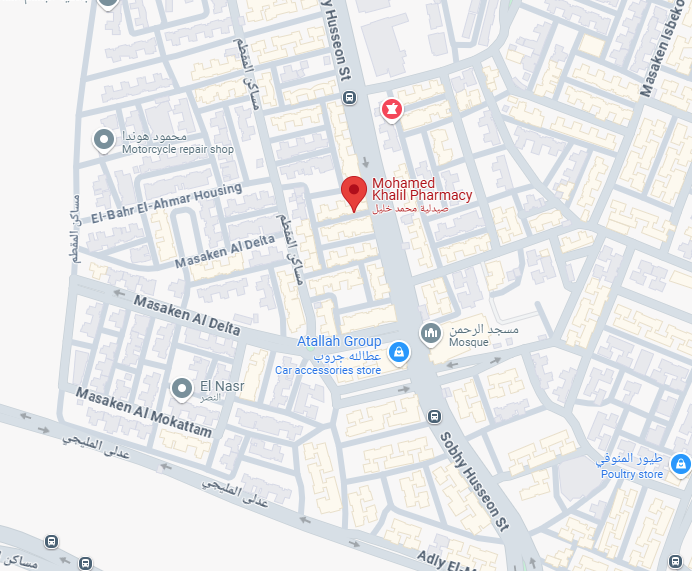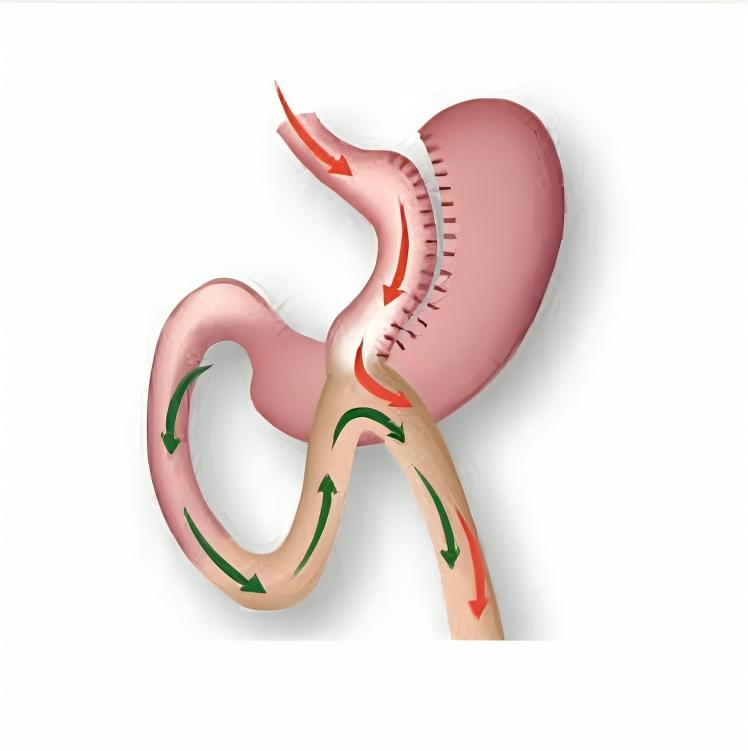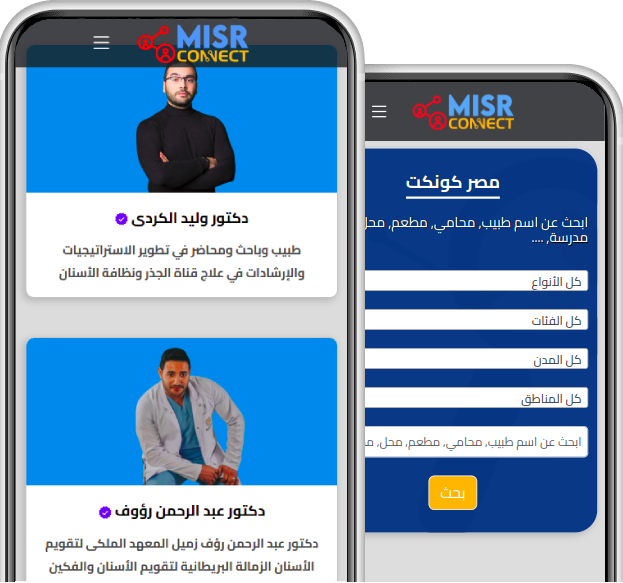Specialization:
Consultant and Lecturer of General Surgery, Oncology Surgery, and Laparoscopic Surgery – Faculty of Medicine, Cairo University.
🎓 Academic and Training Qualifications:
PhD in Obesity Surgery:
Dr. Mohamed El Amir holds a PhD in Obesity Surgery, which allows him to provide effective and safe solutions for obesity patients using the latest surgical techniques.
Member of the Egyptian Surgeons Association:
An active member of the Egyptian Surgeons Association, contributing to the development of surgical practices locally and internationally.
Member of the Egyptian Association of Laparoscopic Surgeons:
Dr. Mohamed is a member of the Egyptian Association of Laparoscopic Surgeons, which focuses on advancing laparoscopic techniques.
🏥 Medical Experience:
Extensive Experience in General Surgery:
Dr. Mohamed El Amir has extensive experience in performing a variety of surgeries, including oncology surgery and general surgery, using advanced surgical methods.
Expert in Obesity Surgery:
Dr. Mohamed specializes in obesity surgeries, particularly in using laparoscopic techniques, offering patients effective treatments for obesity and its related diseases.
Focus on Medical Research and Innovation:
Dr. Mohamed constantly strives to stay updated with the latest medical research and surgical advancements, ensuring that his patients benefit from innovative and effective treatment solutions.
🛠️ Medical Specializations and Surgical Services Provided:
1. Obesity Surgery:
Dr. Mohamed El Amir is a specialist in providing safe and effective solutions for treating obesity. The surgeries he offers include:
Gastric Bypass: One of the most effective procedures for treating obesity, aimed at reducing stomach size and improving the body’s response to food.
Gastric Sleeve: A procedure that significantly reduces stomach size, helping patients gradually lose weight by decreasing food intake.
SASI and Balloon Procedures: SASI combines gastric bypass and gastric sleeve, enhancing the effectiveness of weight loss surgery. The balloon procedure is a non-surgical method to reduce stomach size using an inflatable balloon.
2. Oncology Surgery:
Dr. Mohamed El Amir offers comprehensive oncology surgery services, which include:
Cancerous Tumor Removal: Dr. Mohamed performs cancerous tumor resection in various areas like the digestive system and breast, using modern surgical techniques to ensure the highest success rates.
Early Diagnosis and Treatment: He collaborates with specialized medical teams to provide the best care from diagnosis through all stages of treatment.
Comprehensive Treatment: Dr. Mohamed treats each case individually, developing integrated treatment plans that include surgery, chemotherapy, and radiotherapy when necessary.
3. General Surgery:
Dr. Mohamed has extensive experience in a wide range of general surgeries, including:
Laparoscopic Gallbladder Removal: A minimally invasive surgery that does not require large incisions, leading to a faster recovery period.
Hernia Surgery: Dr. Mohamed performs surgeries for all types of hernias, using advanced techniques to ensure optimal results.
Thyroid and Endocrine Surgery: Diagnosing and treating thyroid and other gland-related diseases using precise surgical techniques.
4. Laparoscopic Abdominal Surgery:
Dr. Mohamed is a specialist in laparoscopic abdominal surgery, which uses minimally invasive techniques, ensuring faster recovery and fewer complications. His services include:
Laparoscopic Appendectomy: A procedure performed through small incisions in the abdomen using a laparoscope, reducing pain and recovery time.
Hiatal Hernia Repair: Performed using a laparoscope, enabling quicker recovery.
Resection of Gastrointestinal Tumors: Tumor removal using laparoscopic methods with minimal surgical intervention.
📍 Clinic Locations and Contact Information:
1. Mokattam Clinic:
Address: Sobhi Hussein Street, near Mohamed Khalil Pharmacy.
Phone: 01026636135
2. Zahraa Maadi Clinic:
Address: 50th Street, in front of Hub Mall, Al-Meligy Building, Third Floor.
Phone: 01553190299
3. Manial Clinic:
Address: Manial Street, at the corner of Ghamrawi Street, above Belben Store.
Phone: 0227235407
🌟 Dr. Mohamed El Amir’s Vision:
Dr. Mohamed El Amir aims to provide the best medical care through the use of the latest techniques and surgical innovations.
He believes that advanced medical care starts with providing accurate and scientifically-backed information to empower patients to make informed decisions about their treatment. This ensures a comfortable and safe treatment experience, while continually improving patients’ quality of life.
Contact now to schedule a consultation or book an appointment with Dr. Mohamed El Amir to ensure the best healthcare and effective treatment!



